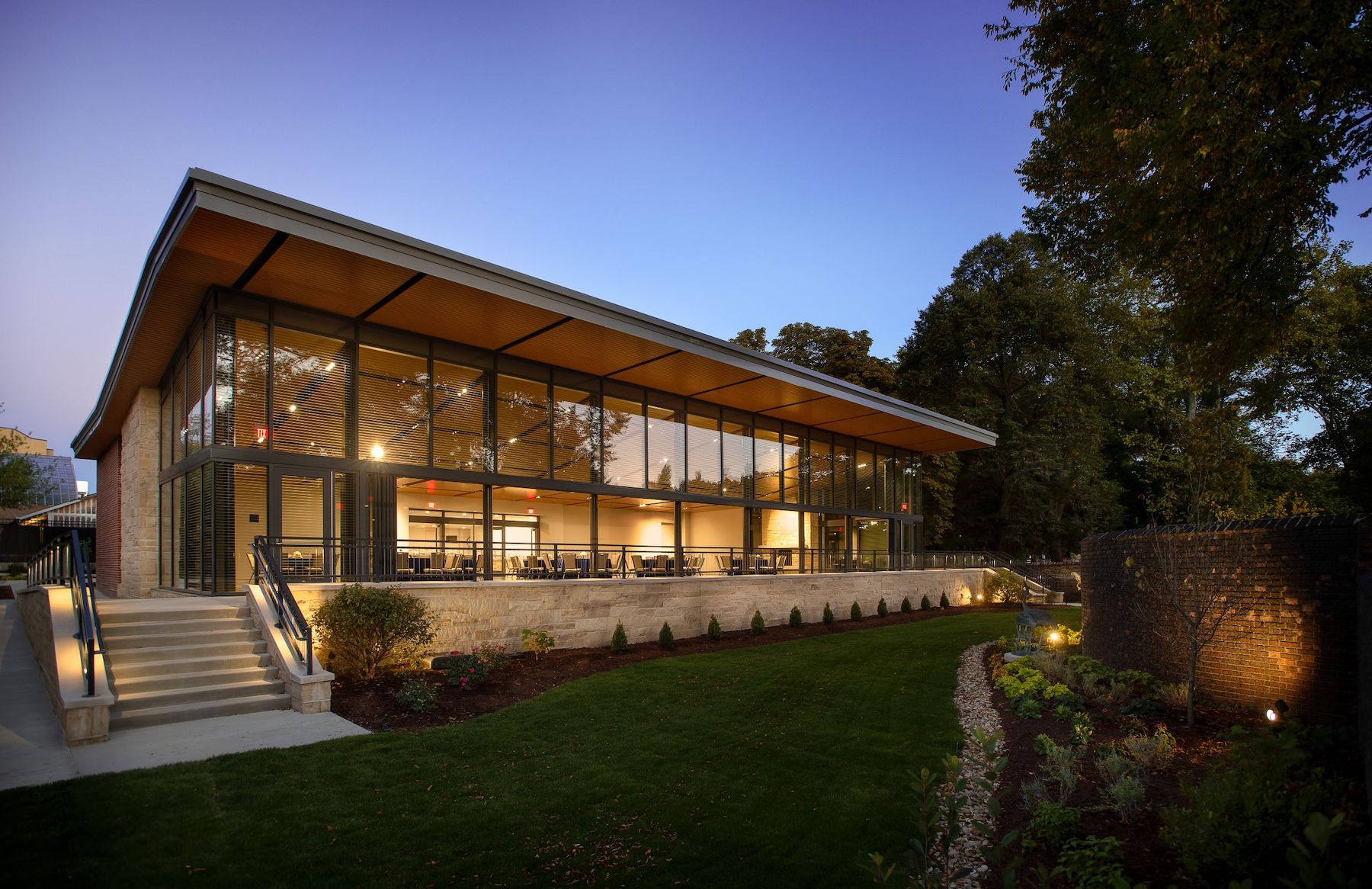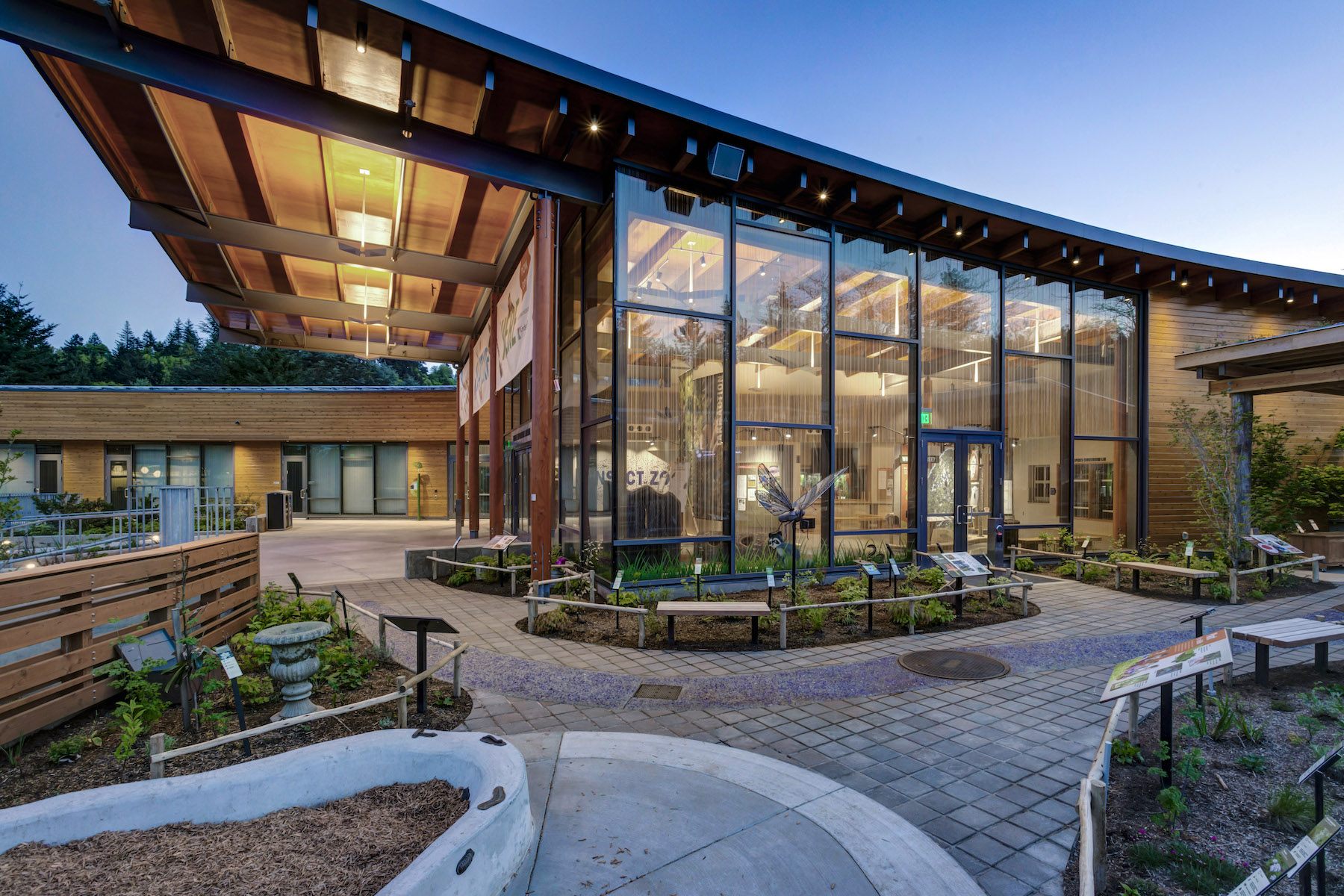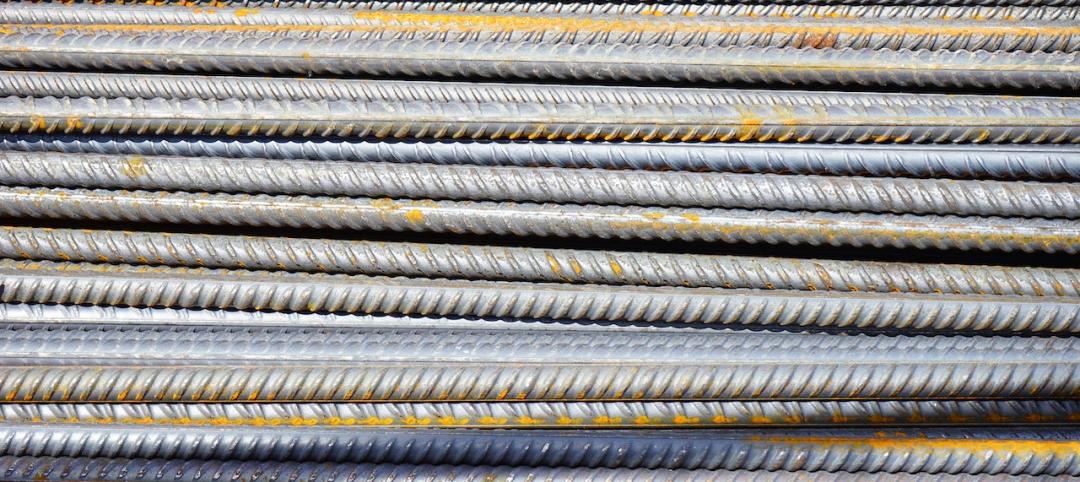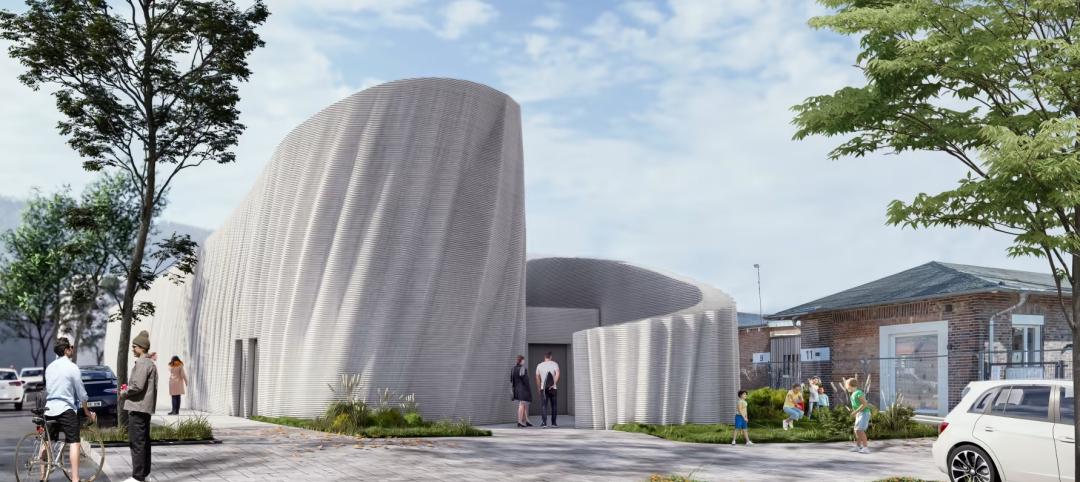While glass is one of the most economical, versatile and beautiful building materials, collisions with glass remain a major cause of bird mortality in North America. This has led to a surge in legislation for bird-safe building materials in North America and beyond.
Last year, the Bird-Safe Buildings Act was passed by the U.S. House of Representatives. Meanwhile, the National Glass Association (NGA) leads a bird-safe glazings advocacy effort. Some municipalities, such as New York City, even require bird-safe glass on certain building types.
Saving Birds Lives While Saving Energy
Industry standards are emerging in relation to bird-friendly glass. Glasses today are often evaluated against the 2″ x 4″ rule, based on the idea that birds will not attempt to fly into spaces they detect as being less than 2 inches high and 4 inches wide. Glasses can be assigned “threat factors,” which measures the potential risks a glass can pose to bird populations.

In coming years, bird-safe glass is expected to gain in preference and find its way into more local building codes and architect demand is expected to accelerate.
Meanwhile, increasingly stringent energy codes and a global drive for sustainability demand excellent energy performance in glass products.
A Sustainable, Bird-Safe Solution
The partnership between Walker Glass and Vitro provides a bird-safe glazing solution while saving energy. AviProtek® E bird-safe low-e glass helps architects and building owners satisfy new regulations for bird-friendly building design, achieve their environmental goals, earn LEED® credits and meet solar-performance targets.
AviProtek® E glass has received numerous accolades over the years and is the only bird-safe glass product available with an Environmental Product Declaration (EPD). This allows architects to secure an additional LEED point for their projects using Pilot Credit 55 related to bird deterrence. It also meets California building legislation requirement (AB262) enacted in 2020. AviProtek® E also has a Health Product Declaration (HPD), which contributes to LEED points in the Materials & Resources (MR) Category.
An Alternative to Ceramic Frit
While ceramic frit is commonly used to satisfy bird-safe glass requirements, acid-etched visual markers — such as those used in AviProtek® E bird-friendly glass — are generally more effective when optimized for energy efficiency. By placing acid-etched visual markers on the first surface of an insulating glass unit (IGU), which is preferred to prevent bird collisions, a solar control, low-e coating can be applied to the second surface—which is ideal for optimizing performance.
Ceramic frit is not optimized for the first surface of IGUs. When ceramic frit is placed on the first surface, the low-e coating must be placed on the third surface, potentially compromising energy performance.
To learn more about bird-friendly glass from Vitro Architectural Glass and Walker Glass, visit www.vitroglazings.com/birds.
Related Stories
Building Materials | Jun 14, 2023
Construction input prices fall 0.6% in May 2023
Construction input prices fell 0.6% in May compared to the previous month, according to an Associated Builders and Contractors analysis of the U.S. Bureau of Labor Statistics’ Producer Price Index data released today. Nonresidential construction input prices declined 0.5% for the month.
Mass Timber | Jun 13, 2023
Mass timber construction featured in two-story mixed-use art gallery and wine bar in Silicon Valley
The Edes Building, a two-story art gallery and wine bar in the Silicon Valley community of Morgan Hill, will prominently feature mass timber. Cross-laminated timber (CLT) and glulam posts and beams were specified for aesthetics, biophilic properties, and a reduced carbon footprint compared to concrete and steel alternatives.
Cladding and Facade Systems | Jun 5, 2023
27 important questions about façade leakage
Walter P Moore’s Darek Brandt discusses the key questions building owners and property managers should be asking to determine the health of their building's façade.
AEC Tech | May 9, 2023
4 insights on building product manufacturers getting ‘smart’
Overall, half of building product manufacturers plan to invest in one or more areas of technology in the next three years.
Building Technology | May 4, 2023
3D printing for construction advances in Germany
The largest 3D-printed building in Europe will have a much lower carbon footprint.
Mass Timber | May 3, 2023
Gensler-designed mid-rise will be Houston’s first mass timber commercial office building
A Houston project plans to achieve two firsts: the city’s first mass timber commercial office project, and the state of Texas’s first commercial office building targeting net zero energy operational carbon upon completion next year. Framework @ Block 10 is owned and managed by Hicks Ventures, a Houston-based development company.
3D Printing | Apr 11, 2023
University of Michigan’s DART Laboratory unveils Shell Wall—a concrete wall that’s lightweight and freeform 3D printed
The University of Michigan’s DART Laboratory has unveiled a new product called Shell Wall—which the organization describes as the first lightweight, freeform 3D printed and structurally reinforced concrete wall. The innovative product leverages DART Laboratory’s research and development on the use of 3D-printing technology to build structures that require less concrete.
Student Housing | Mar 13, 2023
University of Oklahoma, Missouri S&T add storm-safe spaces in student housing buildings for tornado protection
More universities are incorporating reinforced rooms in student housing designs to provide an extra layer of protection for students. Storm shelters have been included in recent KWK Architects-designed university projects in the Great Plains where there is a high incidence of tornadoes. Projects include Headington and Dunham Residential Colleges at the University of Oklahoma and the University Commons residential complex at Missouri S&T.
AEC Innovators | Mar 3, 2023
Meet BD+C's 2023 AEC Innovators
More than ever, AEC firms and their suppliers are wedding innovation with corporate responsibility. How they are addressing climate change usually gets the headlines. But as the following articles in our AEC Innovators package chronicle, companies are attempting to make an impact as well on the integrity of their supply chains, the reduction of construction waste, and answering calls for more affordable housing and homeless shelters. As often as not, these companies are partnering with municipalities and nonprofit interest groups to help guide their production.
Codes | Mar 2, 2023
Biden Administration’s proposed building materials rules increase domestic requirements
The Biden Administration’s proposal on building materials rules used on federal construction and federally funded state and local buildings would significantly boost the made-in-America mandate. In the past, products could qualify as domestically made if at least 55% of the value of their components were from the U.S.

















